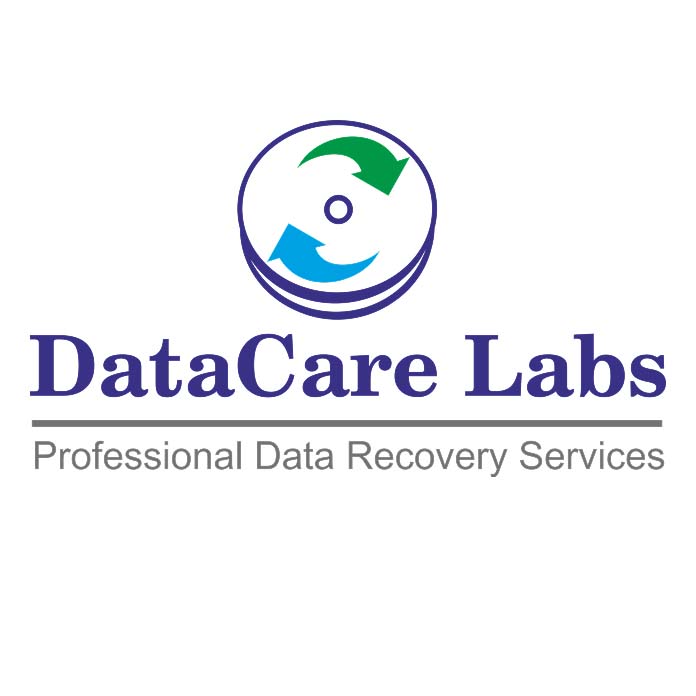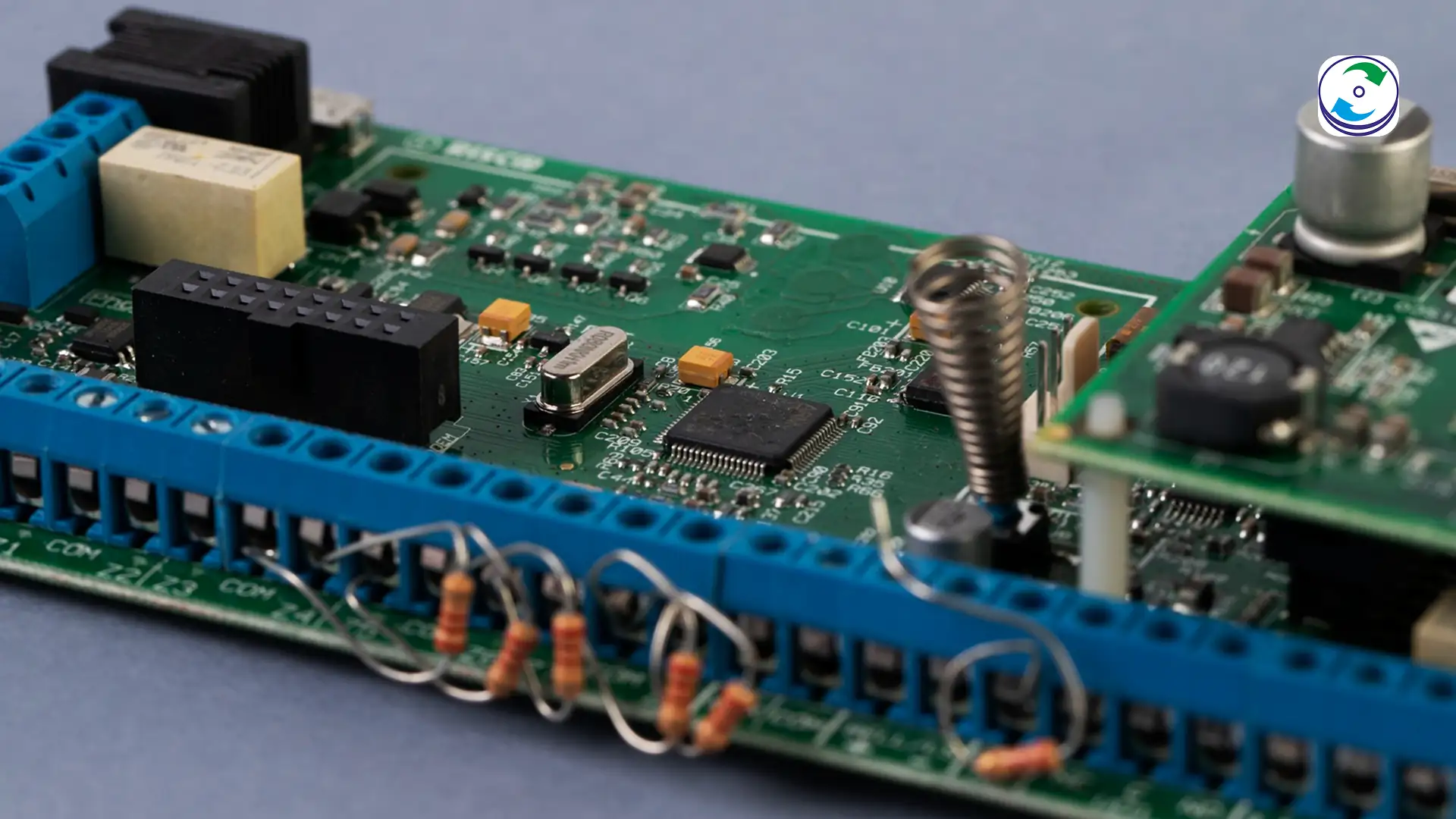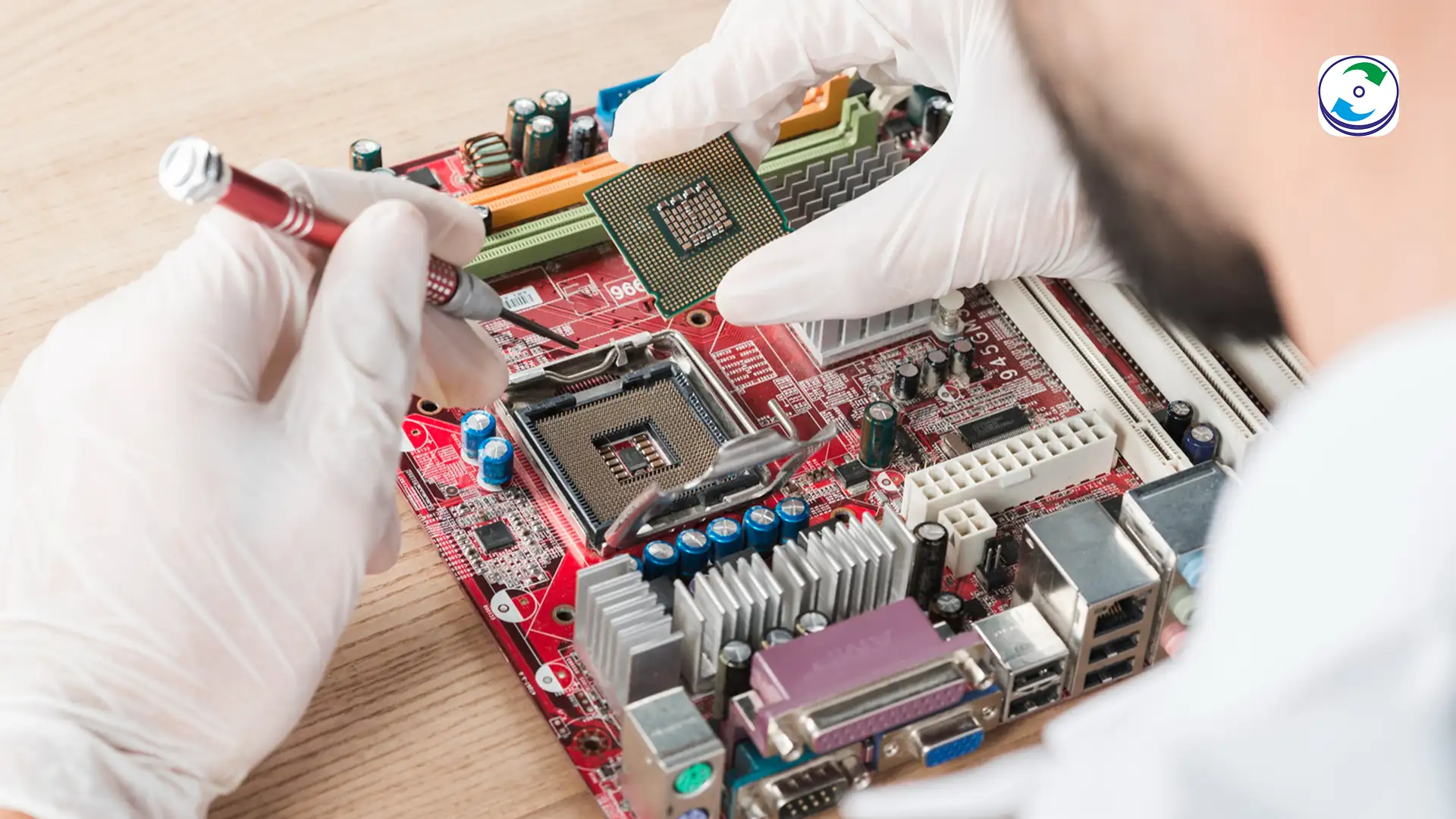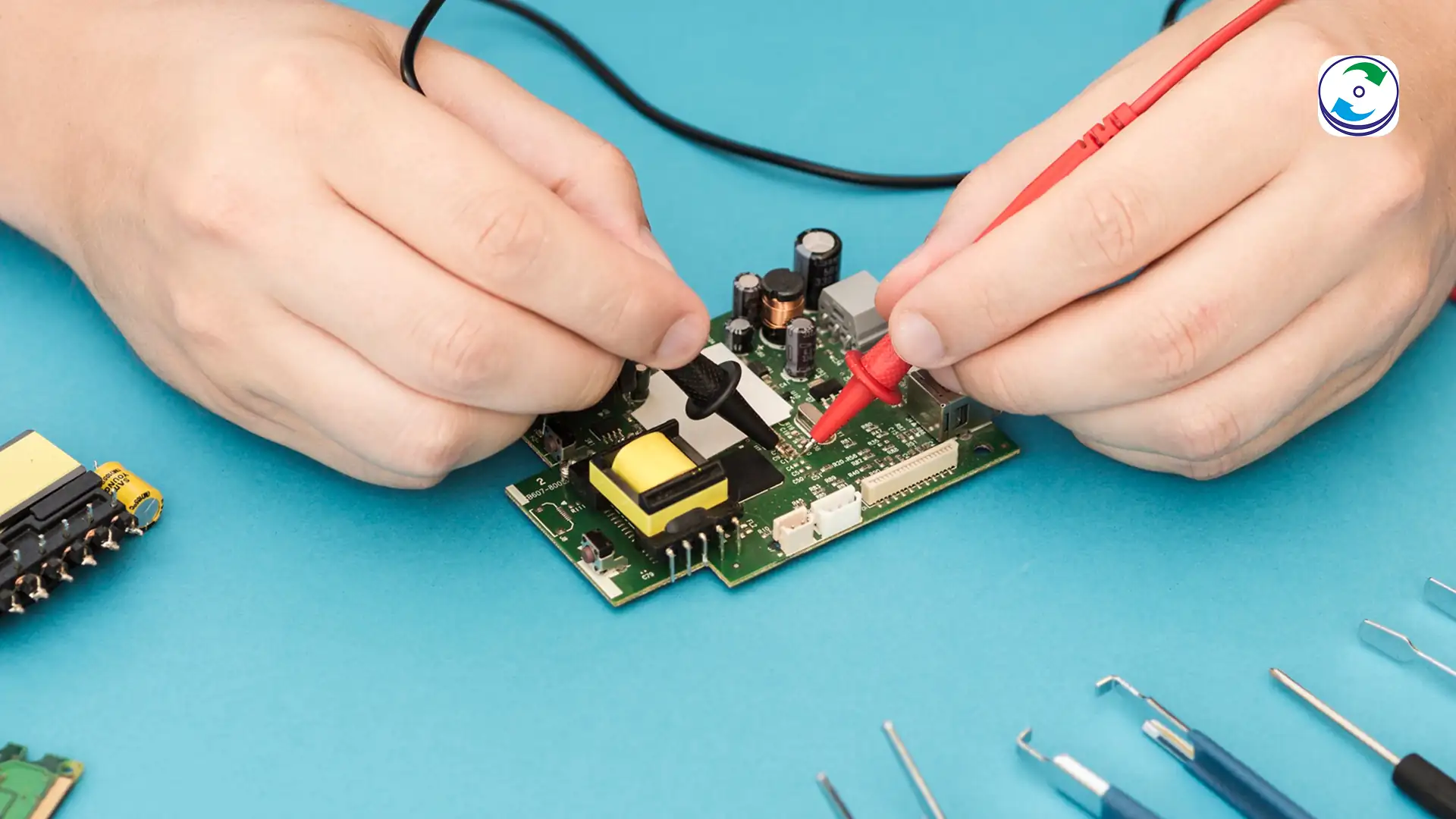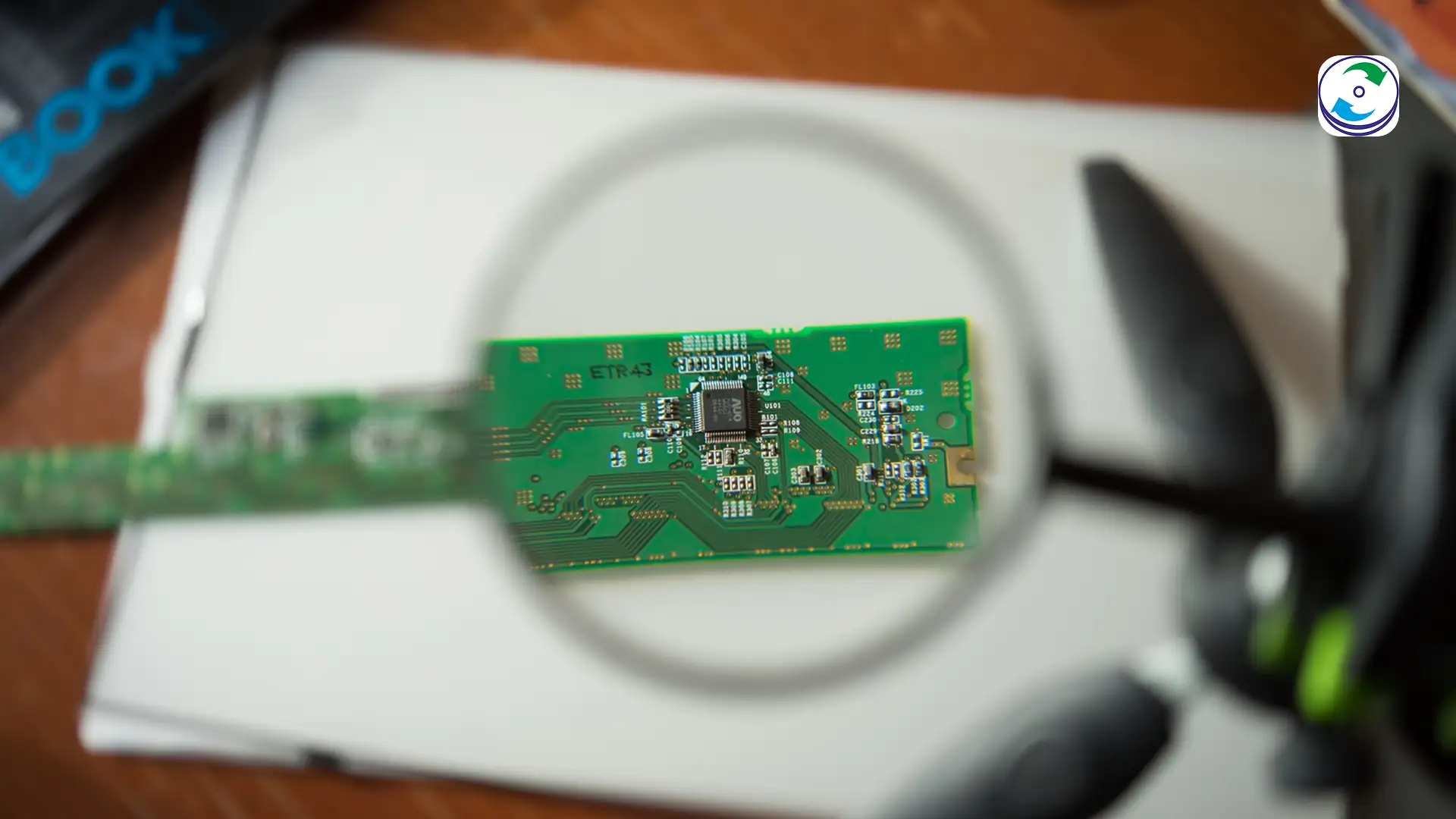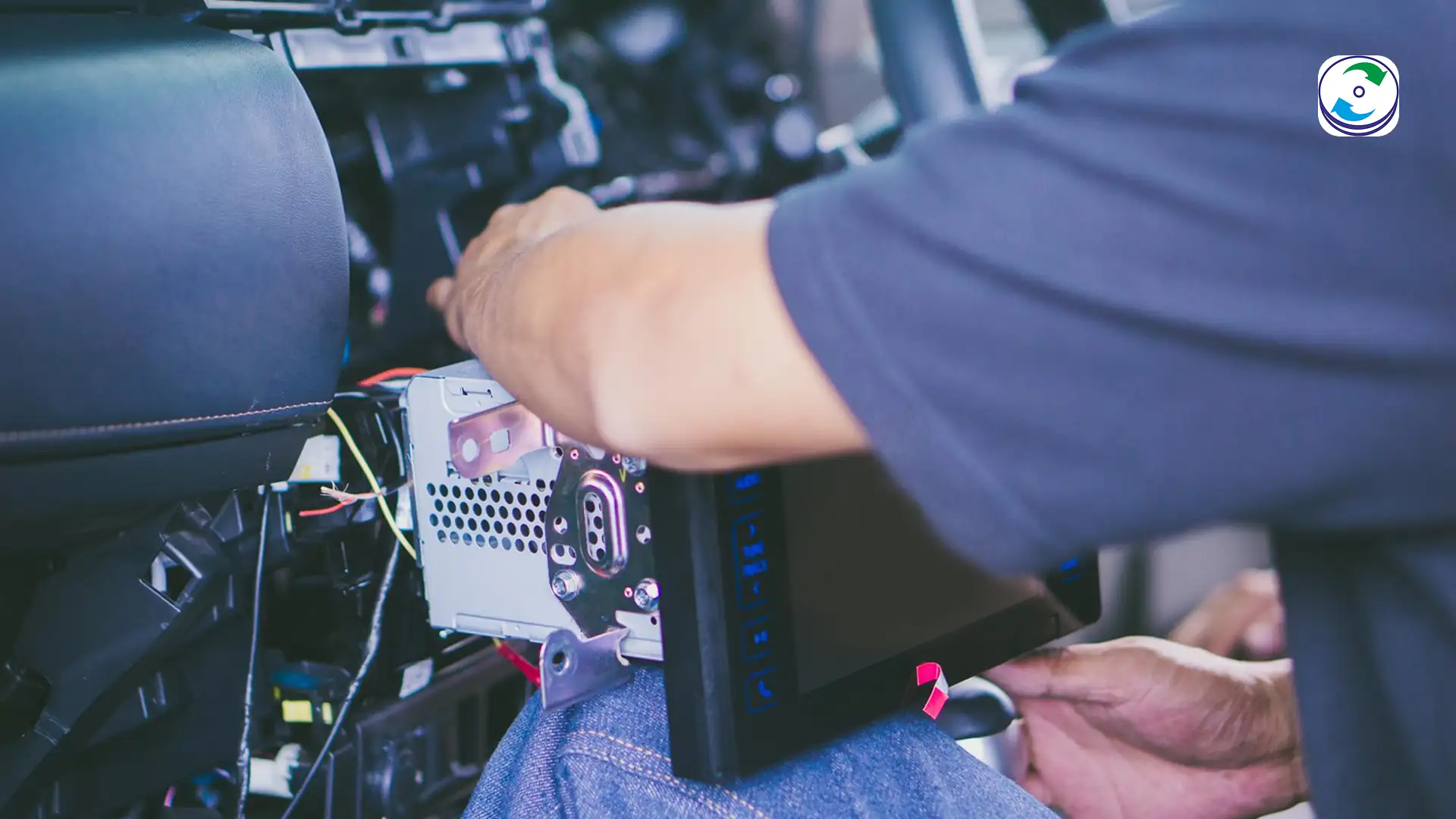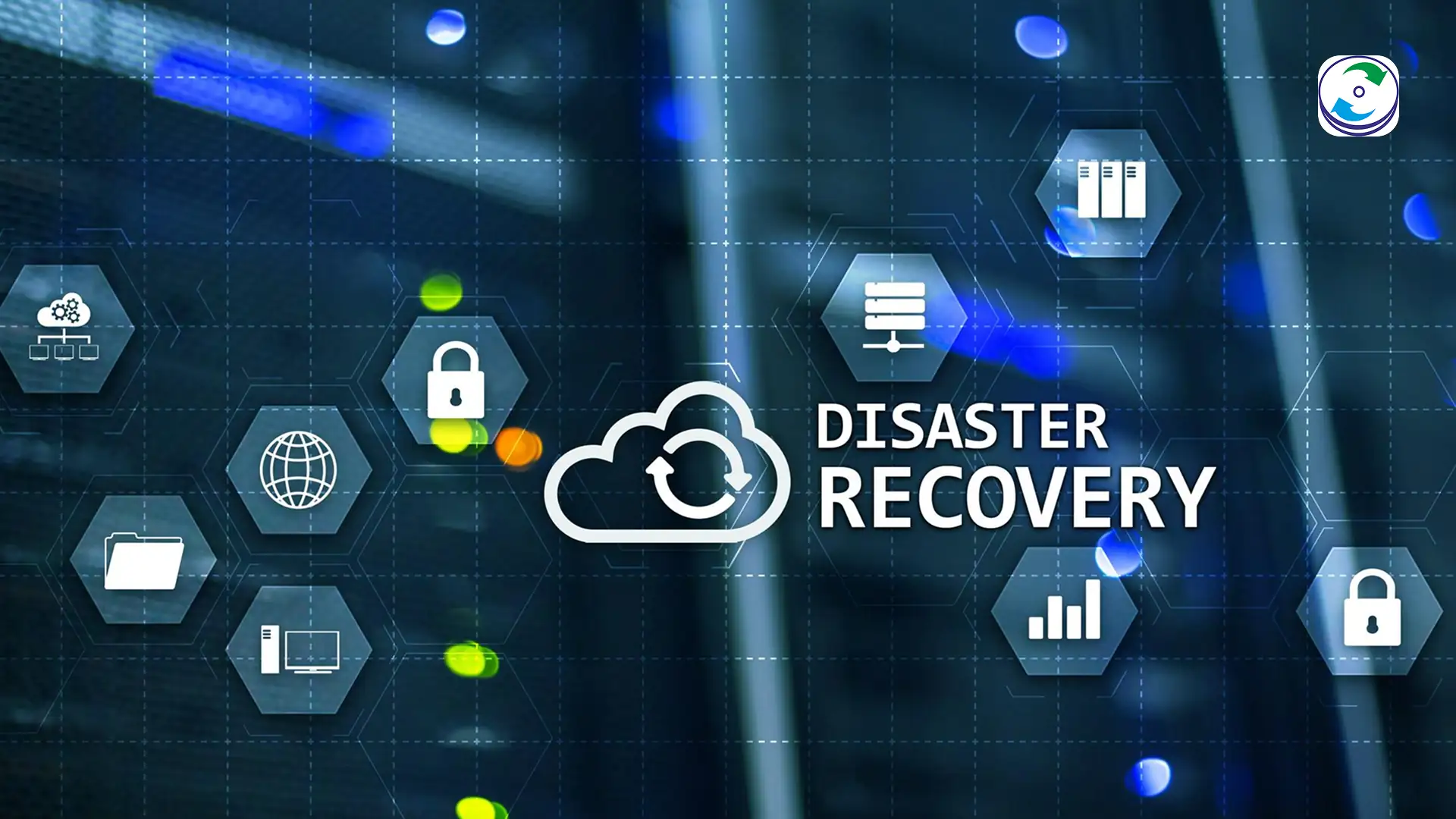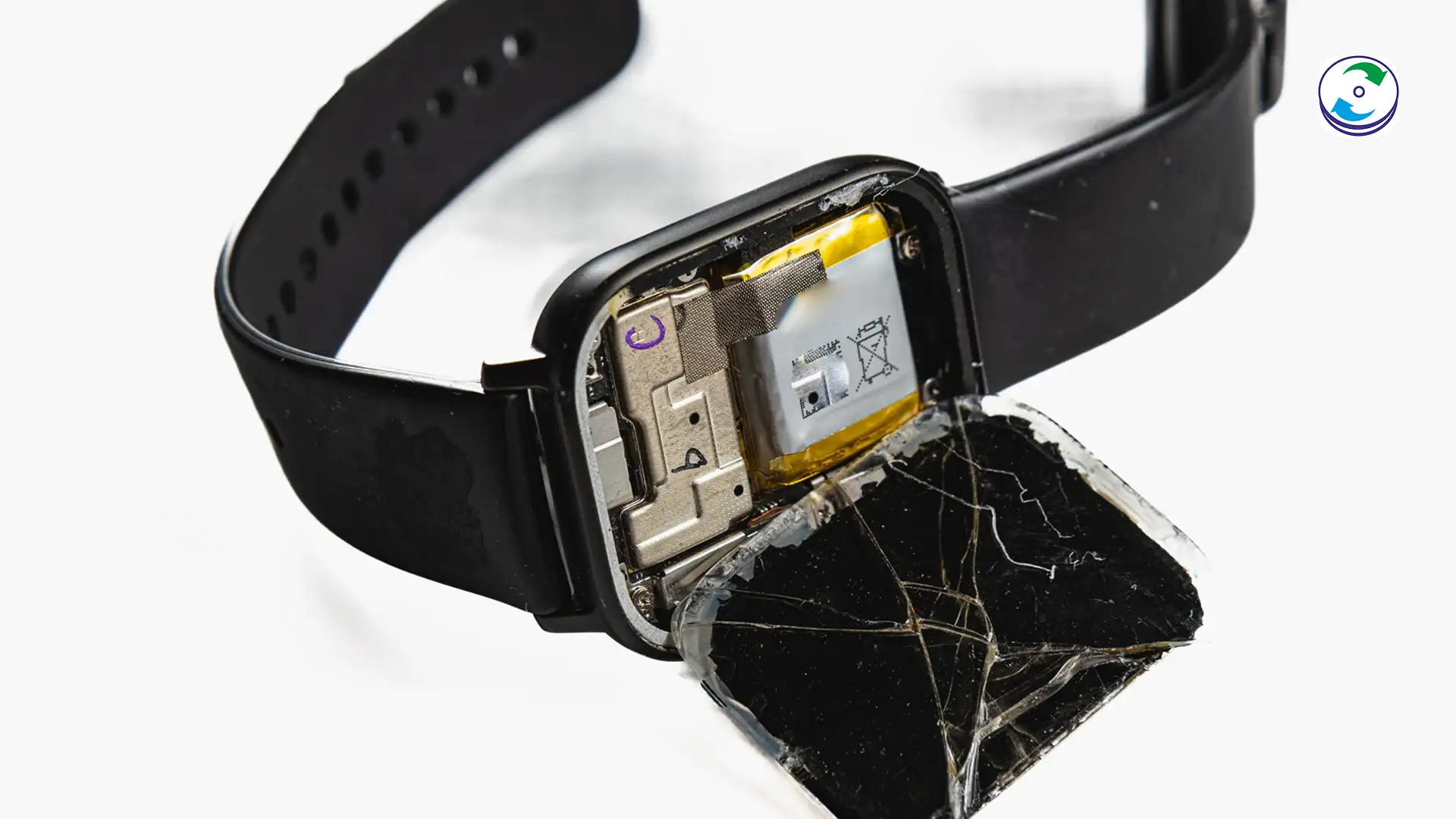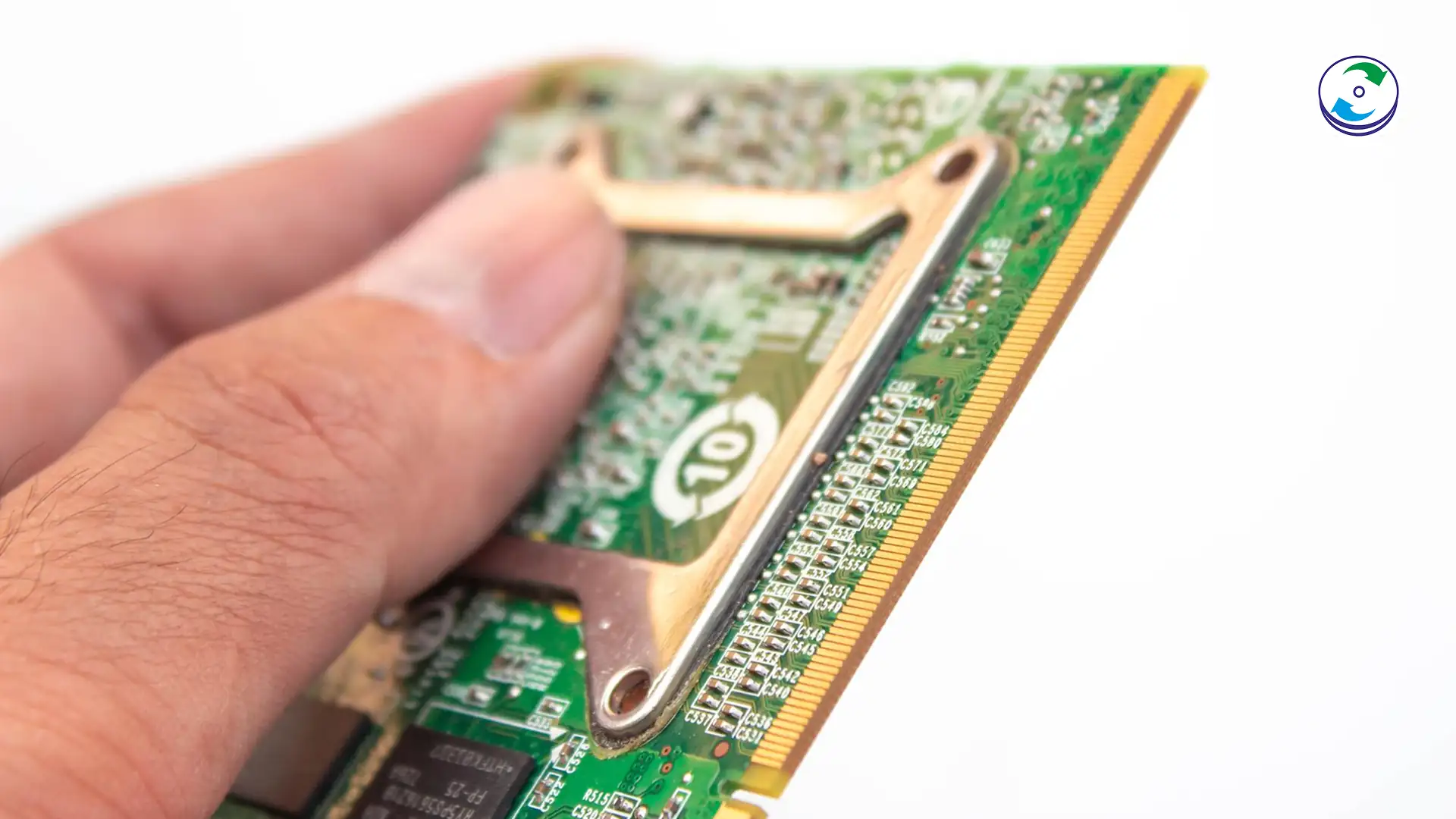Lost Vitals: Recovering Data from Failed VMware (VMFS) and Hyper-V Virtual Machines

Introduction
Virtualization platforms like VMware (VMFS) and Microsoft Hyper-V form the invisible nervous system of nearly every modern enterprise. They consolidate dozens of critical servers—your email, ERP, databases, and application servers—into single, efficient virtual machines (VMs). These VMs hold the vitals of your business.
When the physical host server or its underlying storage fails, the result is not just the loss of one hard drive, but the simultaneous loss of an entire virtual data center. Recovering these lost VMDK, VHDX, or VHD files is arguably the most complex form of data recovery, requiring specialists who understand not just physical media, but the intricate, multi-layered logical structures of virtual file systems.
The Multi-Layered Challenge of VM Data Loss
VM data loss is an exponential crisis because the failure can occur at any one of three interlocking layers. You must successfully recover all layers in sequence to access your critical guest data:
-
Physical Layer Failure: The underlying storage (usually a high-capacity RAID 5 or RAID 6 array or a SAN/NAS volume) fails due to multiple drive failures, controller card malfunction, or power surge.
-
Hypervisor File System Failure: The volume management layer, such as VMFS (Virtual Machine File System) or the NTFS/ReFS volume used by Hyper-V, becomes corrupted. This file system holds the metadata that defines where the VMDK/VHDX files live.
-
Virtual Disk File (VMDK/VHDX) Corruption: The massive file that is the virtual hard drive is internally corrupted or fragmented due to the host file system failure, making the guest operating system’s data (e.g., the Windows NTFS partition inside the VM) inaccessible.
The VMDK/VHDX Nightmare: Fragmentation and Corruption
A single VMDK or VHDX file can be hundreds of gigabytes or even terabytes in size. By its nature, a file that large is often highly fragmented across the host storage array. A simple failure in the VMFS metadata can destroy the pointers needed to locate all the pieces of the VMDK file.
Traditional file recovery tools treat this VMDK as a standard large file. However, if they only recover 99% of the file, the missing 1% (which might be a core piece of the virtual OS kernel or the master database) renders the entire VM unbootable and unusable. The recovery must be 100% correct, which requires addressing both the physical and the virtual fragmentation simultaneously.
The DataCare Labs Virtualization Recovery Protocol
Standard RAID rebuilds or commercial software are critically inadequate for virtualization recovery. They cannot correctly reconstruct the complex VMFS volume structure, nor can they repair the internal corruption of the virtual disk file.
At DataCare Labs, our virtualization recovery protocol is a specialized three-phase process:
Phase 1: Physical Array Stabilization (The Highest Risk)
Our engineers first perform a full, sector-by-sector clone of every drive in the failed RAID array within our Class 100 Cleanroom. We then use advanced tools to virtually reconstruct the RAID set (RAID 5, 6, 10, etc.), bypassing the failed hardware controller. This is the foundation upon which all other steps depend.
Phase 2: Host File System Reconstruction (VMFS/ReFS)
Once the RAID is virtually stable, we manually analyze and repair the corrupted VMFS or ReFS metadata. This allows us to correctly identify the millions of fragmented blocks that belong to the large VMDK or VHDX files and successfully pull the entire file structure.
Phase 3: Guest Data Extraction and Validation
The final and most critical phase is the extraction of the actual data. We treat the recovered VMDK/VHDX file as a container and then use specialized tools to mount and repair the internal file system (usually NTFS or EXT4) of the guest operating system. This ensures that when the client receives the data, it is a clean, validated, and immediately usable file structure.
Conclusion: Business Vitals Require Specialist Care
VM data loss is not just a technical failure; it’s a catastrophic business event. The complexity of intertwined file systems and massive, fragmented files means that the window for a successful recovery is small, and every failed DIY attempt reduces your chances.
If your VMware ESXi host has failed or your Hyper-V cluster is down, do not attempt to force a rebuild or run generic recovery software. Your organization’s vitals—your critical applications and databases—depend on a specialized forensic approach. Contact DataCare Labs immediately for expert virtualization recovery that ensures your complex data is returned intact.

